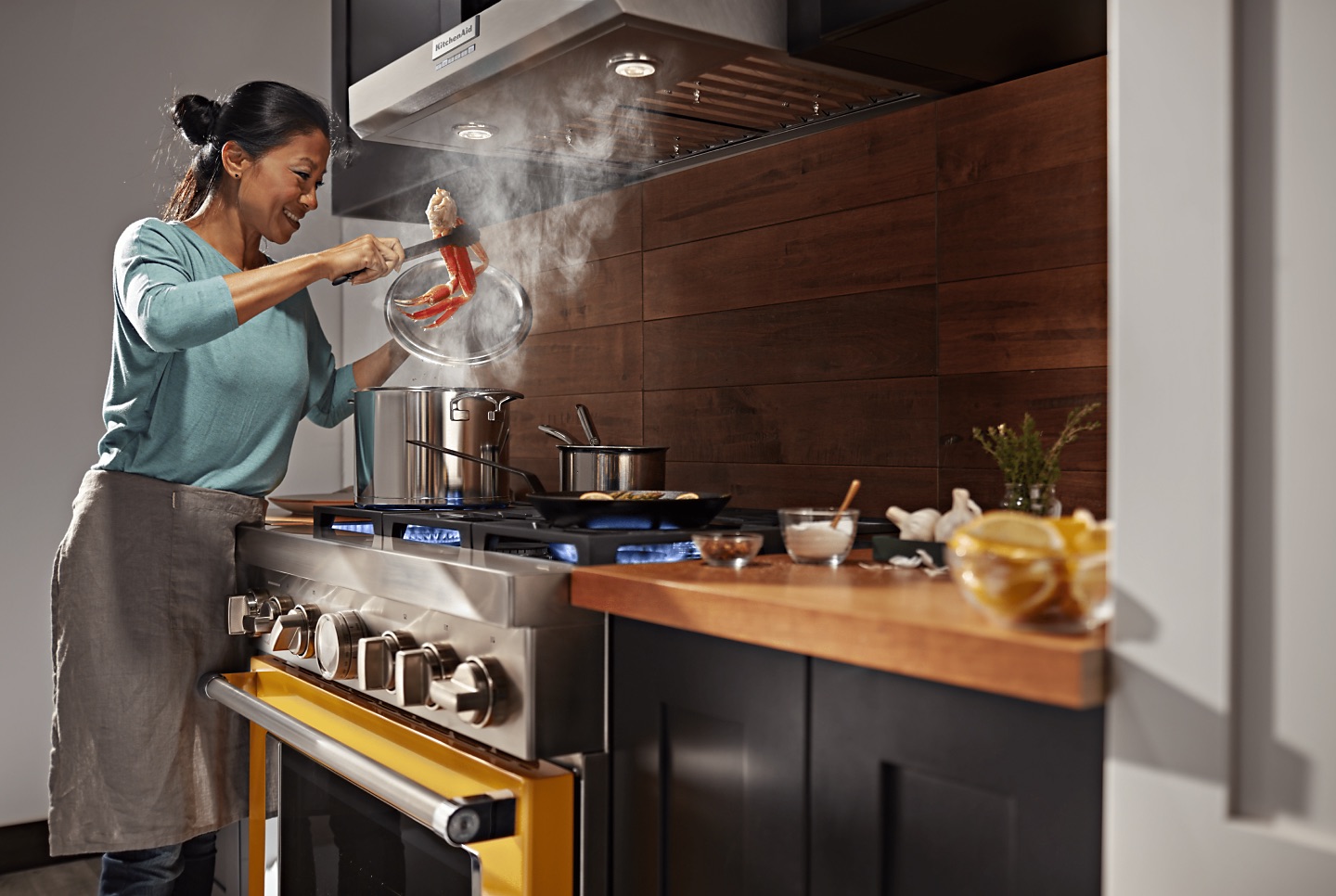

Articles
How Far Should Range Hood Be From Cooktop
Modified: August 25, 2024
Discover the optimal distance between your cooktop and range hood with our informative articles. Ensure proper ventilation and safety in your kitchen.
(Many of the links in this article redirect to a specific reviewed product. Your purchase of these products through affiliate links helps to generate commission for Storables.com, at no extra cost. Learn more)
Introduction
A range hood is an essential appliance in the kitchen that helps remove smoke, odors, and airborne particles generated while cooking. It not only improves the air quality but also prevents grease buildup on surfaces and cabinets. However, to fully enjoy the benefits of a range hood, proper placement is crucial.
When it comes to range hood placement, one of the most common questions homeowners have is, “How far should the range hood be from the cooktop?” The distance between the range hood and the cooktop is an important consideration as it directly affects the efficiency and effectiveness of the hood in ventilating the cooking area. In this article, we will explore the importance of proper range hood placement, the recommended distance between the range hood and cooktop, factors to consider, the effects of improper placement, and common mistakes to avoid.
Key Takeaways:
- Proper range hood placement is crucial for maintaining a clean, healthy, and safe kitchen environment. It improves air quality, prevents grease buildup, and enhances overall safety and comfort.
- Avoid common range hood placement mistakes such as incorrect distance from the cooktop, disregarding ventilation requirements, and overlooking the kitchen layout. Follow manufacturer guidelines for optimal performance.
Read more: How Far Above Cooktop Should Hood Be
Importance of Proper Range Hood Placement
Proper range hood placement is essential for several reasons. Firstly, it ensures effective ventilation by capturing and removing cooking byproducts, such as smoke, steam, and grease, before they can spread throughout the kitchen. This helps to maintain a clean and healthy cooking environment by preventing airborne pollutants from lingering in the air and settling on surfaces.
In addition to improving air quality, proper range hood placement also helps to prevent the buildup of grease on cabinets, walls, and countertops. Cooking oils and fats can easily become airborne during the cooking process and settle on various surfaces, causing unsightly stains and odors. A well-placed range hood with adequate suction power can effectively capture and extract these grease particles, keeping your kitchen cleaner and reducing the need for frequent cleaning.
Furthermore, a properly placed range hood helps to remove excess heat generated by the cooktop. Cooking can generate significant amounts of heat, especially when using high-powered burners or cooking for extended periods. Without proper ventilation, this excess heat can make the kitchen uncomfortable and increase the strain on your cooling system. A well-positioned range hood can effectively eliminate heat and improve the overall comfort of your kitchen.
Lastly, proper range hood placement can also contribute to the overall safety of your kitchen. Extracting smoke and other cooking byproducts can minimize the risk of accidental fire caused by grease buildup or overheating. Additionally, proper ventilation can reduce the accumulation of carbon monoxide, which is produced during the cooking process and can be harmful when inhaled in high concentrations.
Considering these factors, it is clear that proper range hood placement is not just a matter of aesthetics, but a crucial aspect of maintaining a clean, healthy, and safe kitchen environment.
Recommended Distance between Range Hood and Cooktop
The recommended distance between the range hood and the cooktop is an important consideration to ensure optimal performance and ventilation. While specific guidelines may vary depending on the manufacturer and the type of range hood, there are general recommendations that can be followed as a starting point.
Generally, a distance of 24 to 30 inches is recommended between the bottom of the range hood and the cooktop surface. This range allows for efficient capture of smoke, steam, and grease without obstructing your view or causing any safety concerns. However, it is important to consult the manufacturer’s instructions and guidelines for your specific range hood model, as they may provide more specific recommendations based on their product specifications.
In addition to the vertical distance, it is also important to consider the horizontal distance between the range hood and the cooktop. The range hood should be centered directly above the cooktop to ensure maximum coverage and effectiveness. If the range hood is too far to one side, it may not be able to capture all the cooking byproducts efficiently.
It is also worth noting that the recommended distance may vary for different types of cooktops. For gas cooktops, it is important to provide enough clearance to avoid any risk of the flames being sucked up into the range hood. Electric cooktops, on the other hand, do not have open flames, so the clearance requirements may be slightly different.
While these recommendations can serve as a general guideline, it is always best to refer to the manufacturer’s instructions for your specific range hood model. They may provide more specific recommendations based on factors such as extraction power, filter type, and the size of the cooking area. Following the manufacturer’s guidelines will ensure that your range hood performs optimally and keeps your kitchen well-ventilated and free from cooking byproducts.
Factors to Consider for Range Hood Placement
When determining the placement of your range hood, there are several factors to consider to ensure optimal performance and functionality. These factors include:
- Cooktop size: The size and dimensions of your cooktop play a crucial role in determining the appropriate range hood placement. A larger cooktop may require a wider range hood to adequately capture cooking byproducts.
- Cooking style: Consider your cooking style and the types of dishes you frequently prepare. If you often cook dishes that generate a lot of smoke, steam, or grease, you may need a more powerful range hood or closer placement to effectively capture these byproducts.
- Range hood power: The power or extraction capacity of your range hood is an important factor to consider. A more powerful range hood may require a larger clearance to effectively capture and exhaust the cooking byproducts.
- Kitchen layout: The layout of your kitchen, including the location of cabinets, windows, and other appliances, should be taken into account when determining range hood placement. Ensure that the placement does not obstruct your line of sight or create any safety hazards.
- Ducting options: Consider the ducting options available in your kitchen. A range hood can either be ducted or ductless. Ducted range hoods require proper ventilation to expel the air outside, while ductless range hoods use filters to clean the air before recirculating it back into the kitchen. The ducting options may influence the placement possibilities for your range hood.
By taking these factors into consideration, you can determine the optimal placement for your range hood that suits your specific cooking needs and kitchen layout. It is also recommended to consult with a professional, such as a kitchen designer or appliance specialist, who can provide expert advice based on your unique circumstances.
The range hood should be installed 24-30 inches above the cooktop for optimal performance in capturing cooking fumes and grease.
Effects of Improper Range Hood Placement
Improper range hood placement can have several negative effects on the performance and effectiveness of the hood, as well as on the overall functionality of your kitchen. Here are some of the potential consequences of improper range hood placement:
- Inadequate ventilation: Placing the range hood too far away from the cooktop can result in inadequate ventilation. The hood may not effectively capture and remove smoke, steam, and cooking byproducts, leading to poor air quality in your kitchen and potential health hazards.
- Grease buildup: If the range hood is not properly positioned, it may not be able to efficiently capture and extract grease particles generated during cooking. This can result in grease buildup on cabinets, walls, and other surfaces, which can be difficult to clean and may require frequent maintenance.
- Reduced extraction efficiency: The distance and placement of the range hood can impact its extraction efficiency. If the hood is too far away from the cooktop, the suction power may be insufficient to effectively capture and remove cooking byproducts, resulting in poor ventilation and lingering odors.
- Increased noise: Improper placement of the range hood can also lead to increased noise levels. If the hood is too close to the cooktop, it may create excessive noise, making it unpleasant to cook and distracting in the kitchen.
- Fire hazards: In some cases, improper range hood placement can pose fire hazards. Placing the hood too close to gas burners can increase the risk of flames being sucked up into the range hood, potentially causing a fire. It is crucial to consider safety regulations and recommendations when positioning the range hood.
- Poor aesthetics: Improper range hood placement can also affect the overall aesthetics of your kitchen. If the hood is not centered properly or is positioned too high or too low, it can create an unbalanced look and disrupt the visual flow of your kitchen design.
It is important to remember that proper range hood placement is not only about aesthetics but also about functionality and safety. By ensuring the correct positioning of your range hood, you can avoid these potential negative effects and enjoy a well-ventilated, clean, and safe cooking environment.
Read more: How Far Should Range Hood Stick Out
Common Range Hood Placement Mistakes to Avoid
Proper range hood placement is crucial for optimal performance and functionality. To ensure you avoid common mistakes, consider the following:
- Placing the range hood too high: One of the most common mistakes is mounting the range hood too high above the cooktop. This can result in inadequate ventilation as the hood may struggle to capture and remove cooking byproducts effectively. The recommended distance between the bottom of the range hood and the cooktop surface is typically 24 to 30 inches.
- Incorrect distance from the cooktop: Another mistake is placing the range hood too far from or too close to the cooktop. If it’s too far, the hood may not effectively capture smoke, steam, and grease particles. If it’s too close, it can create noise and potential safety hazards, especially if you have gas burners. Ensure you follow the manufacturer’s recommendations for the specific model of your range hood.
- Not considering the kitchen layout: Ignoring the kitchen layout can lead to suboptimal range hood placement. Consider factors such as the location of cabinets, windows, and other appliances. Ensure that the placement doesn’t obstruct your line of sight, impede functionality, or create safety hazards.
- Disregarding ventilation requirements: Different range hoods have different ventilation requirements. Some require ducted ventilation, while others can function as ductless or recirculating hoods. Make sure you understand the ventilation needs of your range hood and consider this when determining placement possibilities.
- Not consulting manufacturer instructions: Each range hood model may have specific recommendations for optimal placement. It is important to consult the manufacturer’s instructions and guidelines to ensure you follow their recommendations for your specific range hood model.
- Overlooking the cooktop size: The size of your cooktop is an essential factor to consider when placing the range hood. A larger cooktop may require a wider range hood to adequately capture cooking byproducts. Consider the dimensions of the cooktop and ensure the range hood’s coverage is appropriate.
By avoiding these common range hood placement mistakes, you can ensure that your range hood functions optimally, improves ventilation, and enhances the overall functionality and safety of your kitchen.
Conclusion
Proper range hood placement is essential for maintaining a clean, healthy, and functional kitchen environment. By following the recommended distance between the range hood and cooktop, considering various factors such as cooktop size, cooking style, and ventilation needs, you can ensure optimal performance and effectiveness of your range hood.
Proper range hood placement improves air quality by effectively capturing and removing smoke, steam, and cooking byproducts. It also helps prevent grease buildup on surfaces and reduces the risk of fire hazards. Additionally, it enhances the overall safety and comfort of your kitchen by removing excess heat and minimizing the accumulation of carbon monoxide.
Avoid common mistakes such as placing the range hood too high, ignoring the kitchen layout, disregarding ventilation requirements, and not consulting manufacturer instructions. By taking these factors into consideration and following the guidelines, you can maximize the efficiency and functionality of your range hood.
Remember, if you’re uncertain about the optimal placement of your range hood, it is always beneficial to consult with a professional such as a kitchen designer or appliance specialist who can provide expert advice based on your specific needs and kitchen layout.
In conclusion, proper range hood placement is not just a matter of aesthetics but an important aspect of ensuring a well-ventilated, clean, and safe cooking environment. By giving careful consideration to placement recommendations and avoiding common mistakes, you can enjoy the full benefits of your range hood while creating a functional and visually appealing kitchen space.
Frequently Asked Questions about How Far Should Range Hood Be From Cooktop
Was this page helpful?
At Storables.com, we guarantee accurate and reliable information. Our content, validated by Expert Board Contributors, is crafted following stringent Editorial Policies. We're committed to providing you with well-researched, expert-backed insights for all your informational needs.
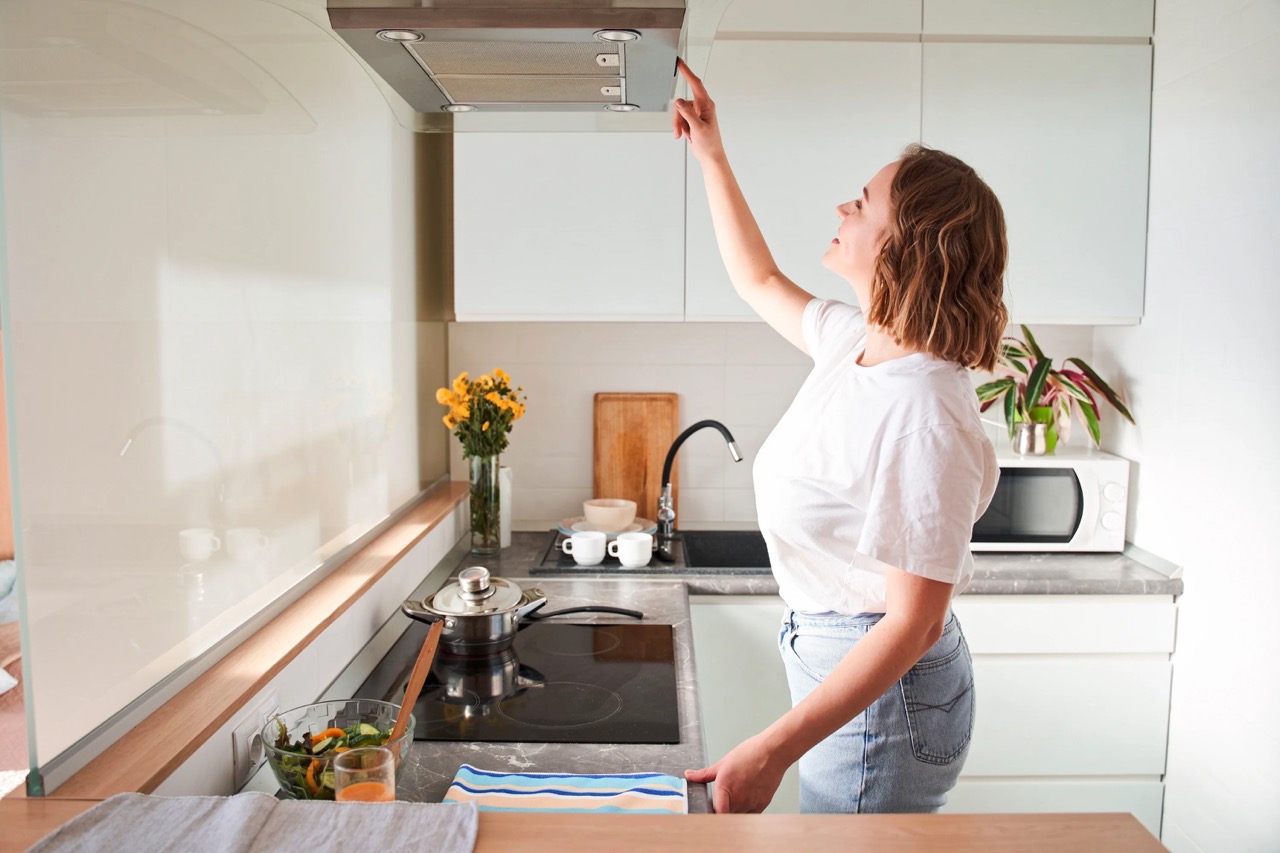
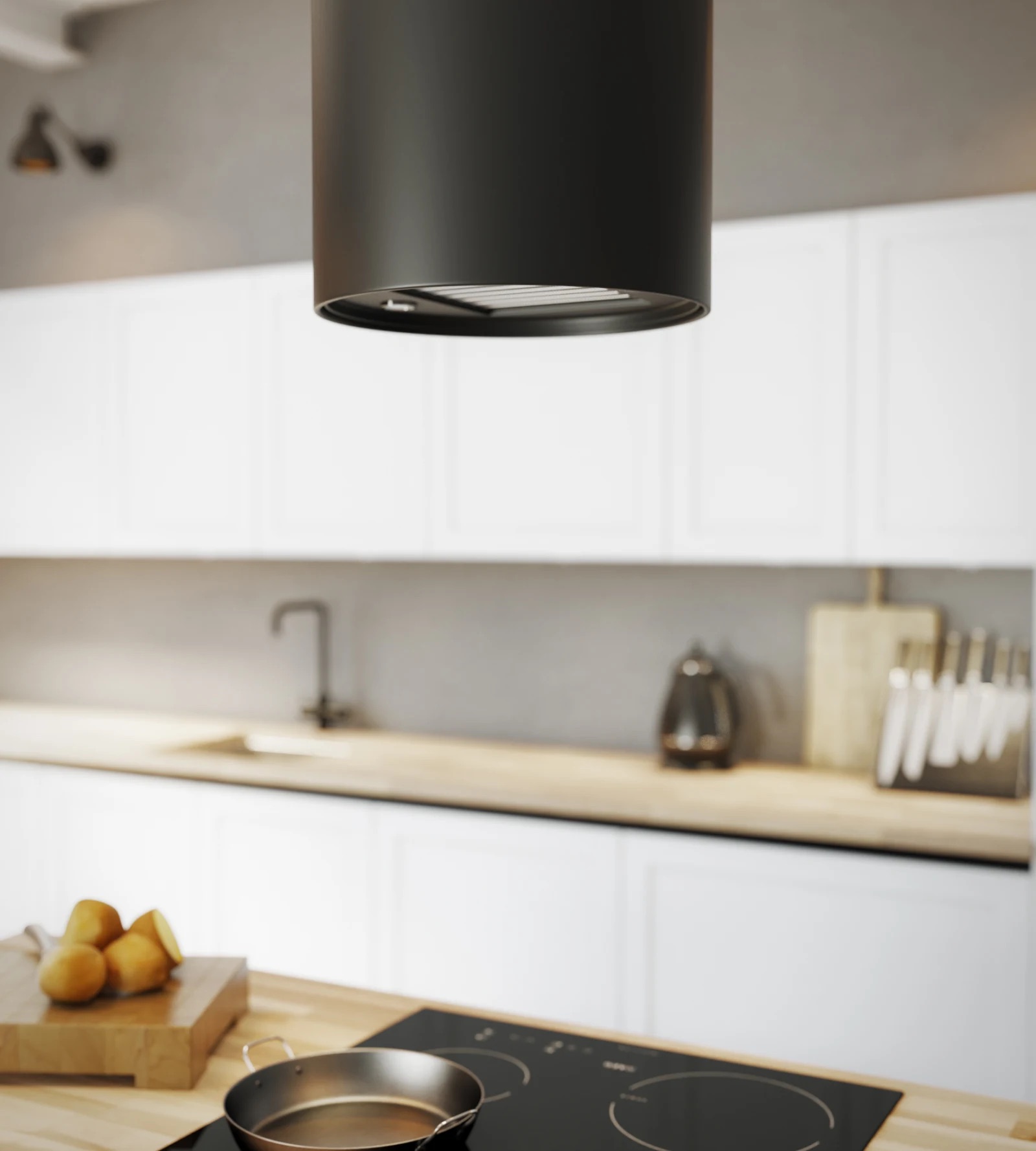
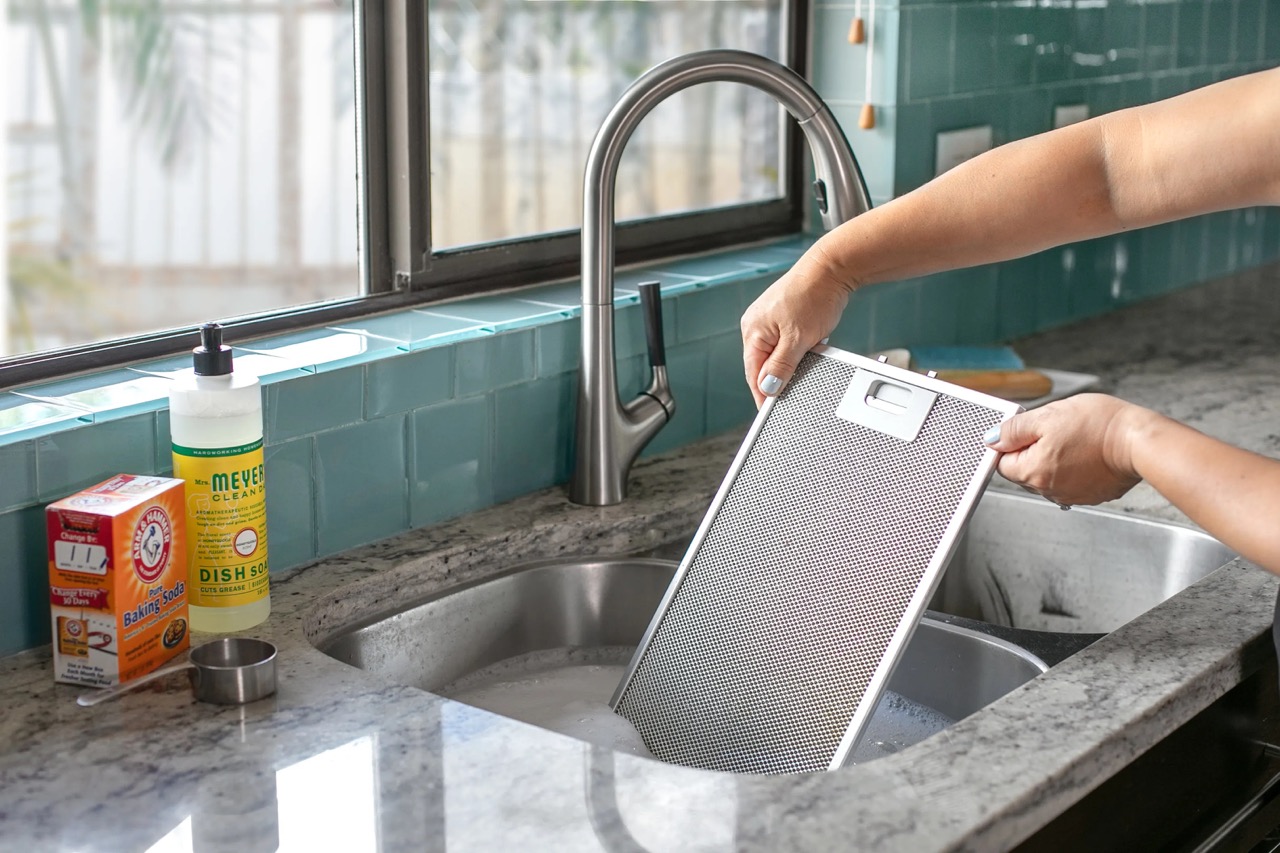
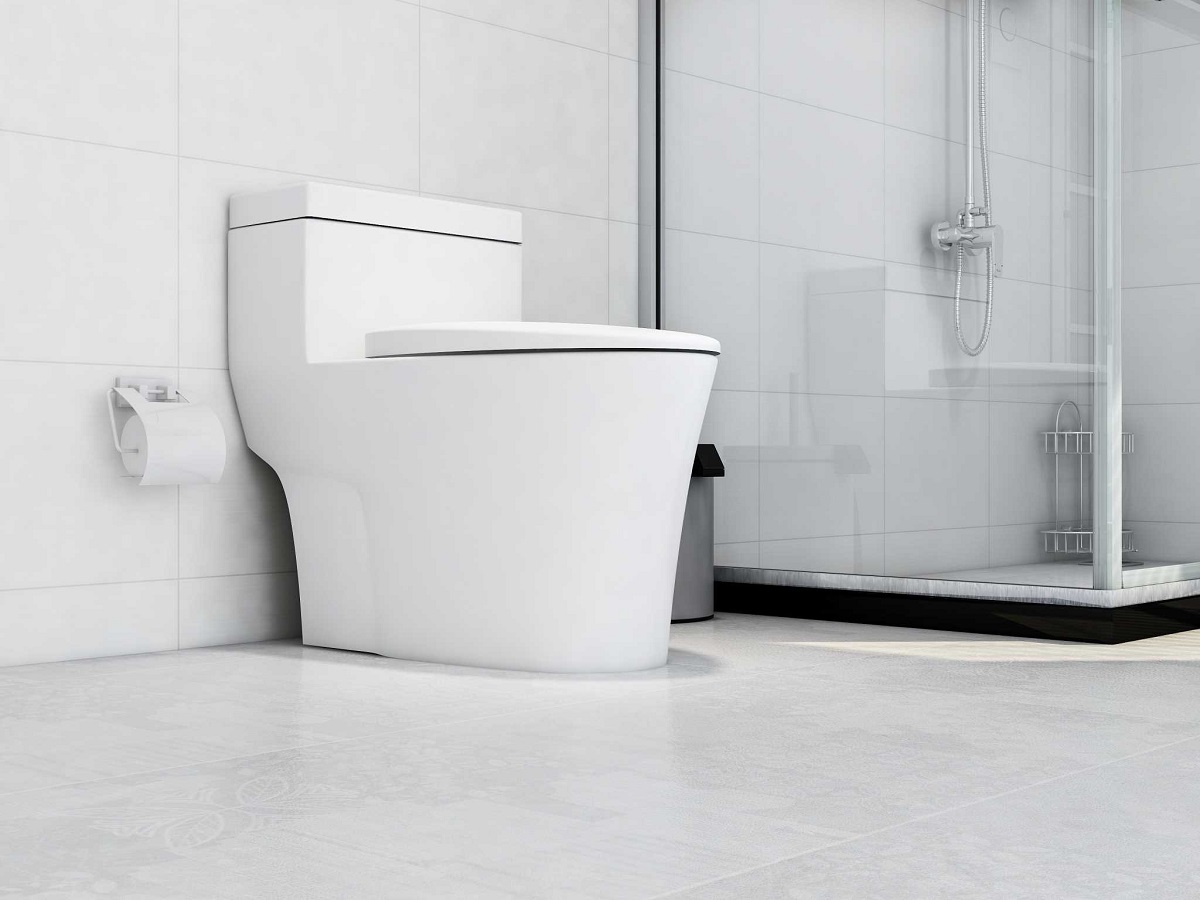

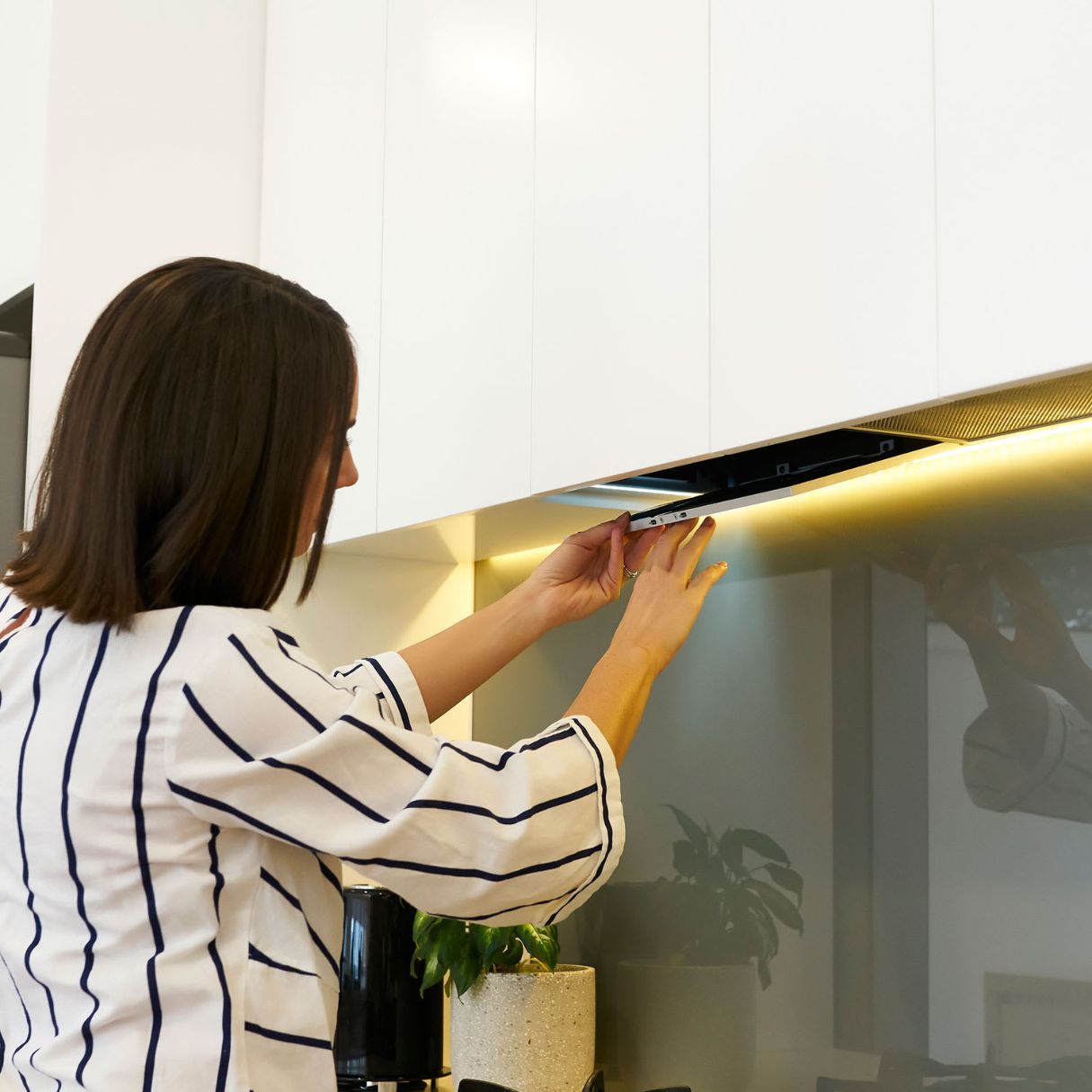
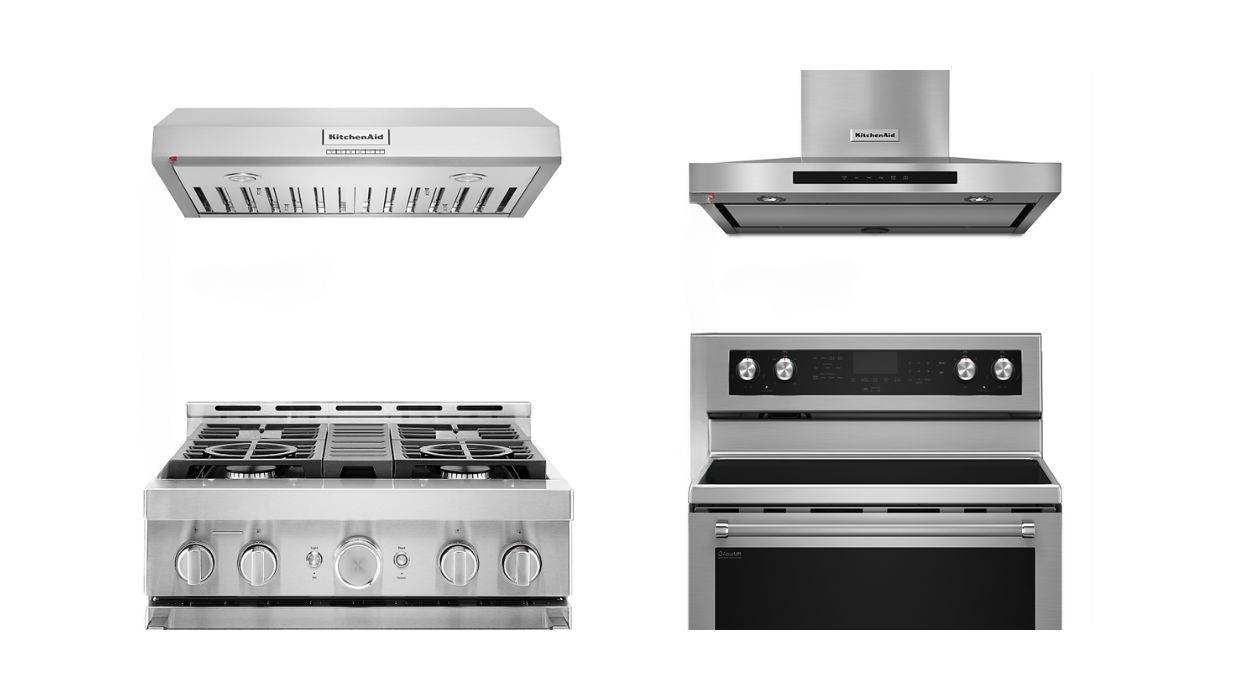
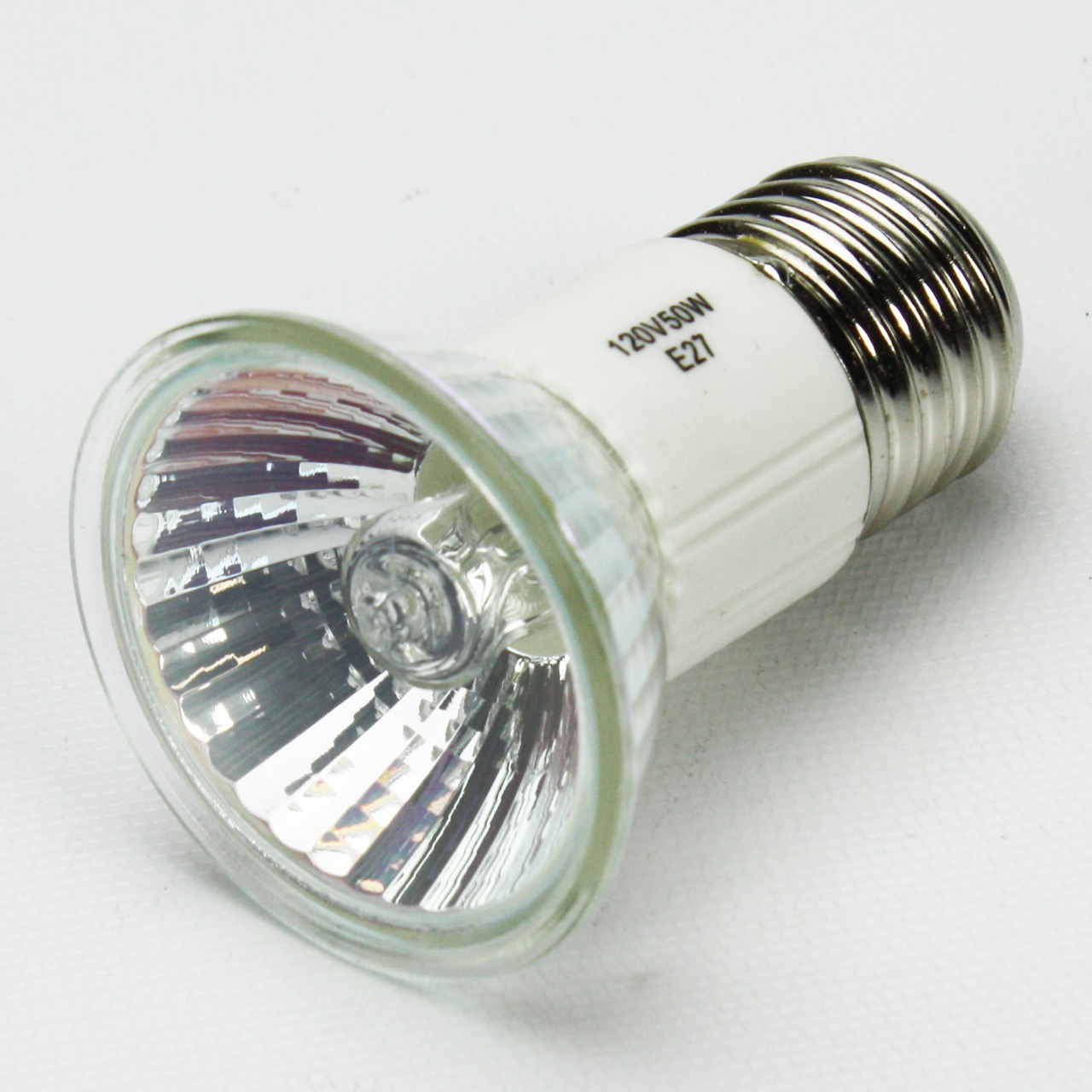
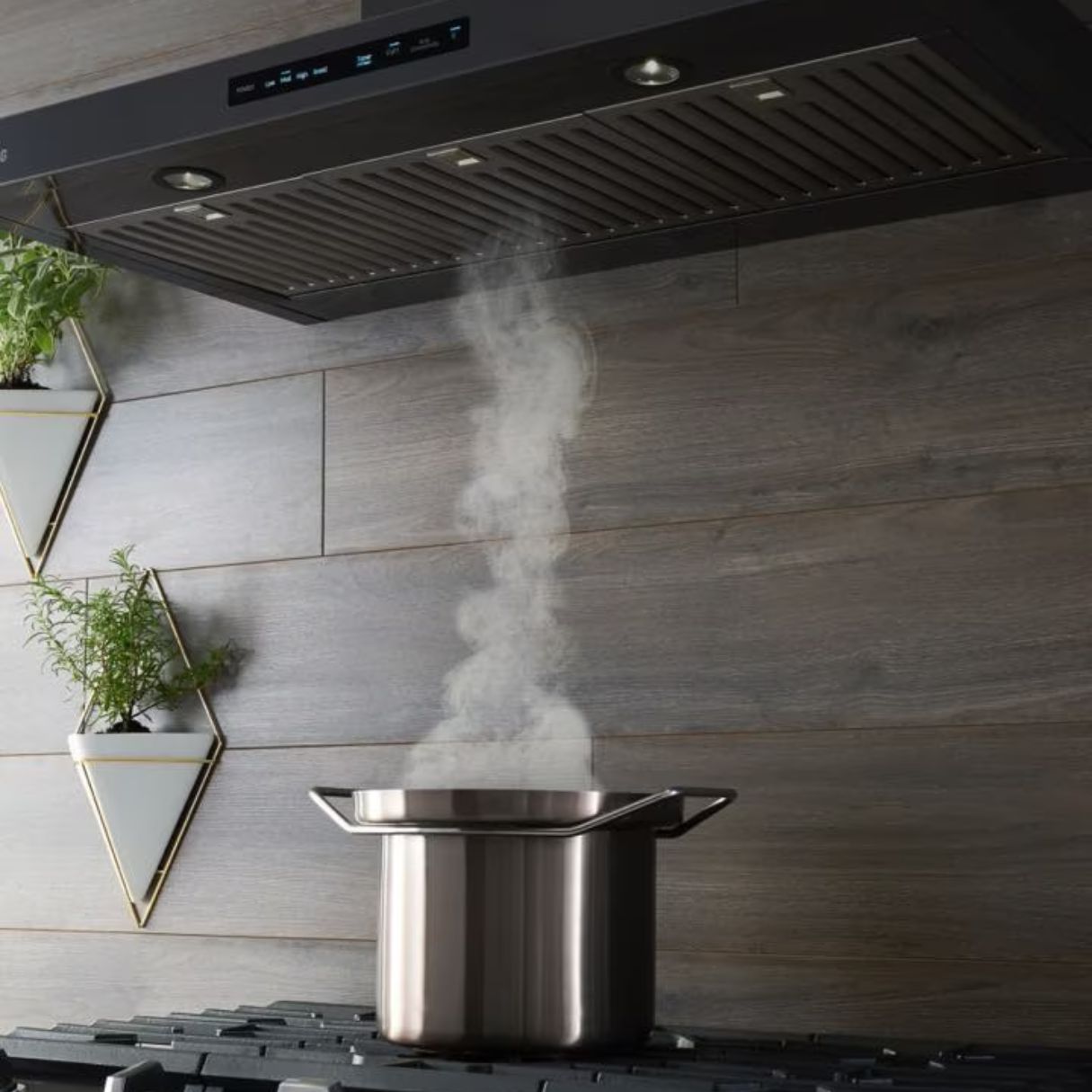
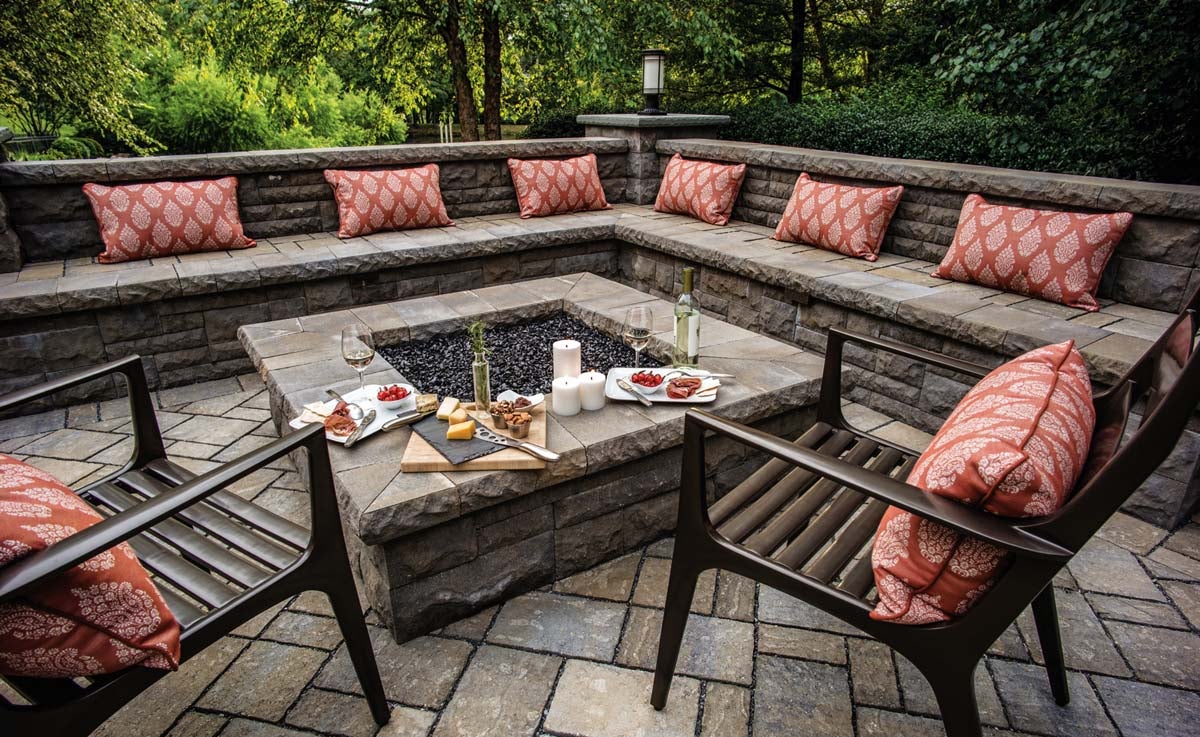
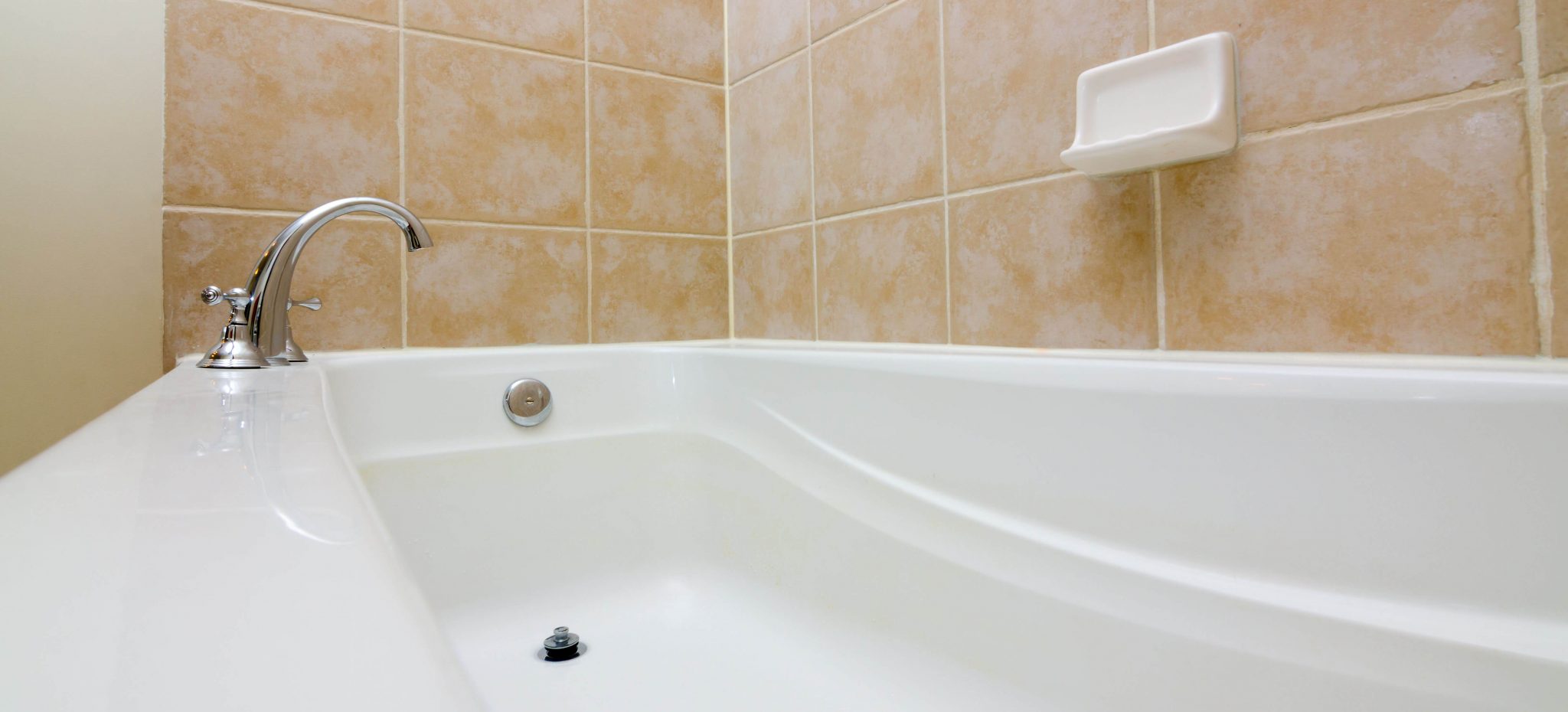
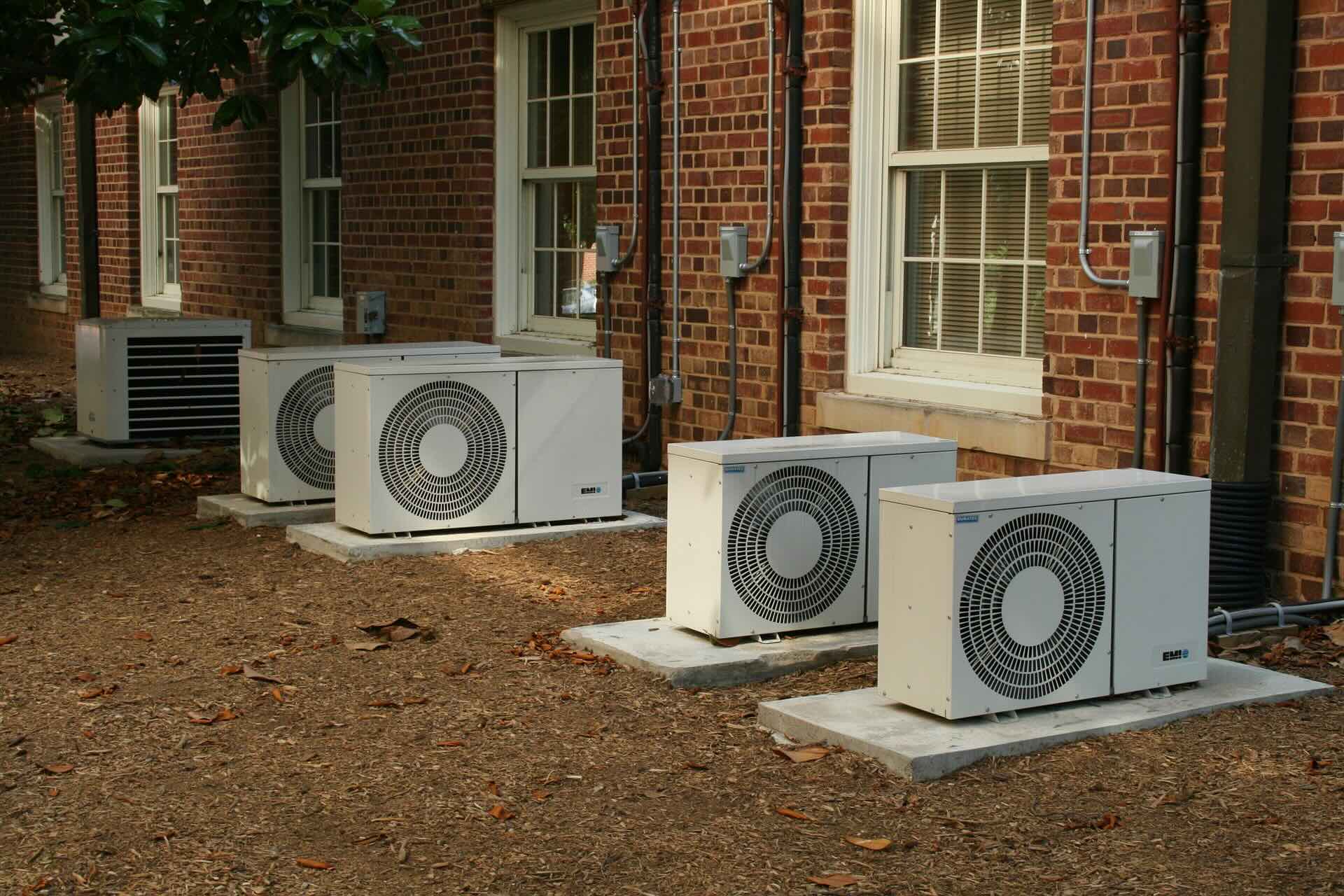
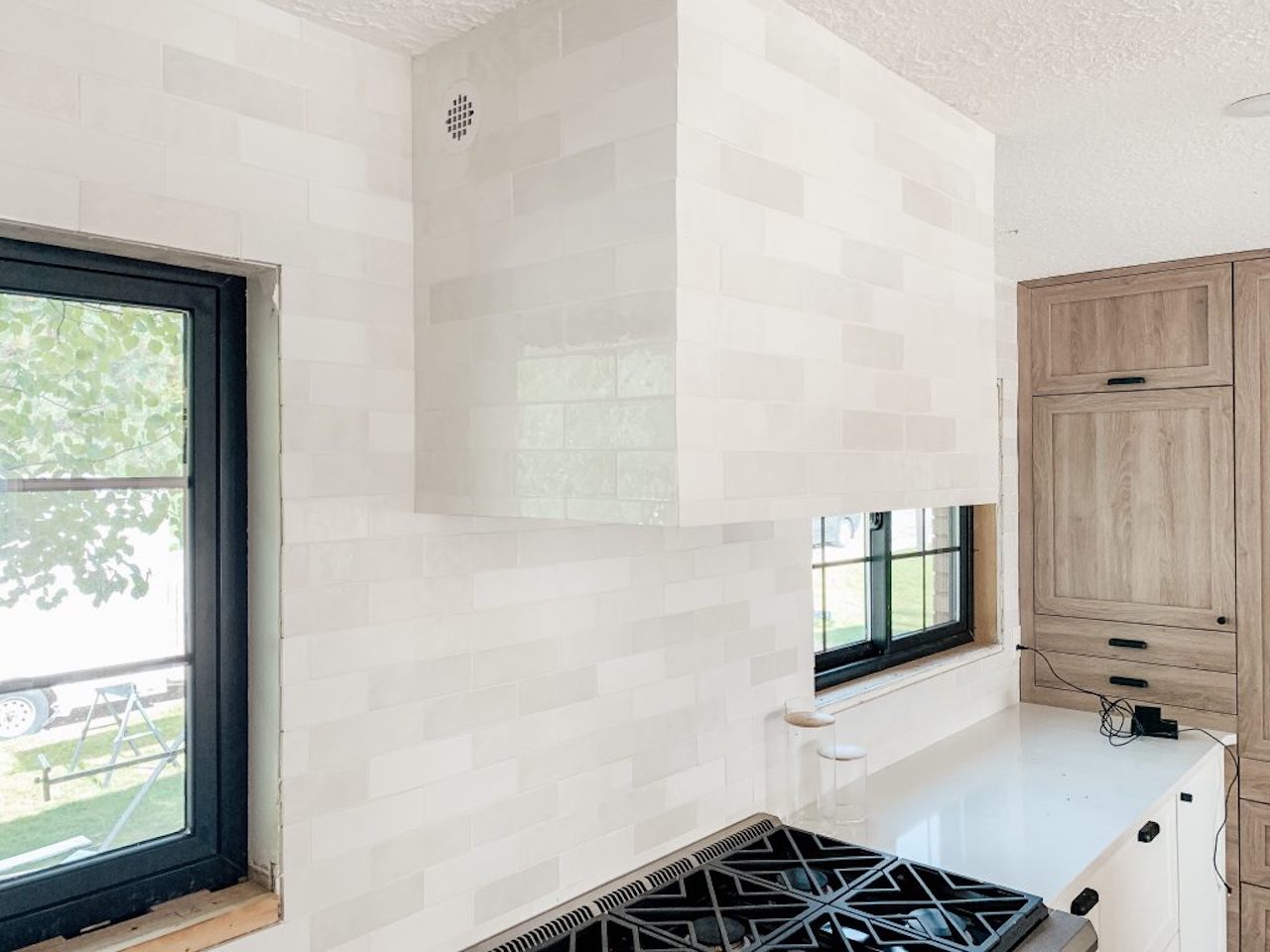


0 thoughts on “How Far Should Range Hood Be From Cooktop”